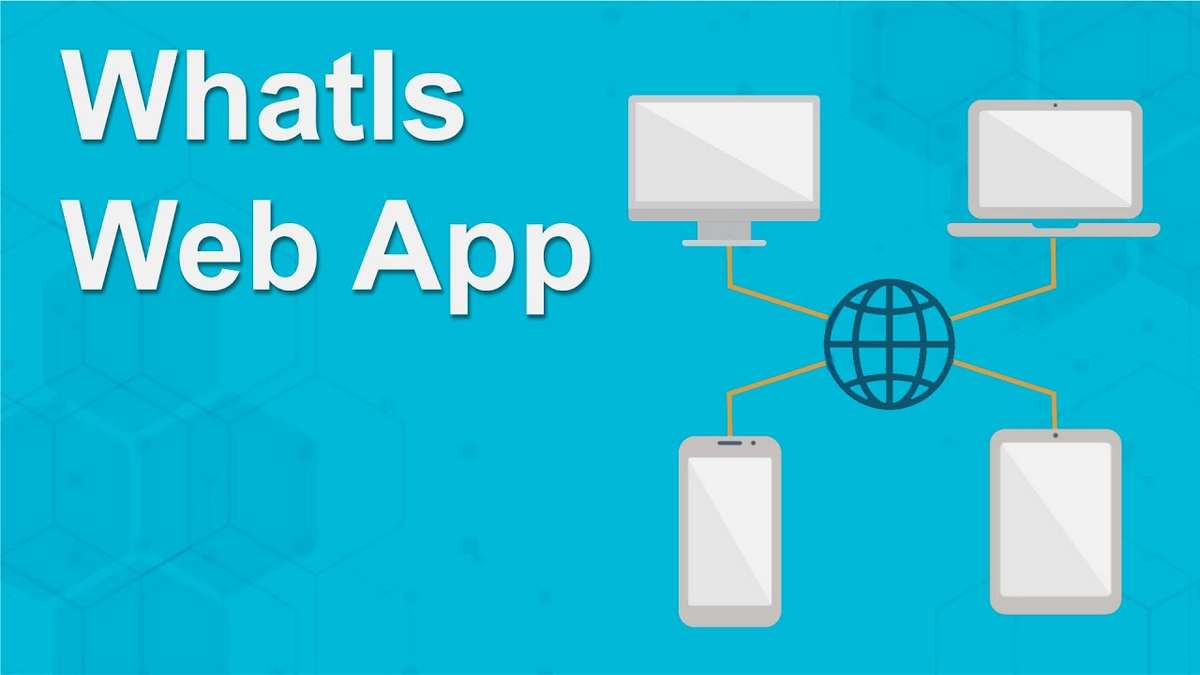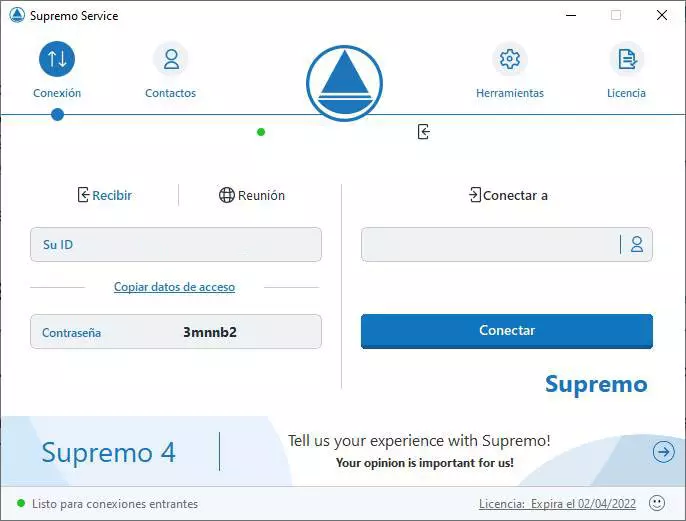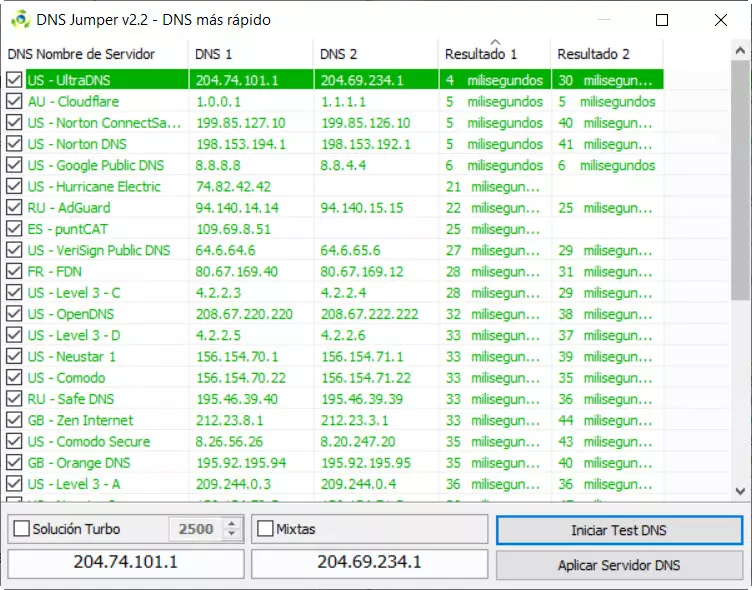
There are many security threats that we can find when browsing the Internet. There are viruses designed to steal passwords, data, others can cause the computer to malfunction… In this article we echo a new virus that is capable of stealing data and seriously endanger the privacy of a computer or mobile. We are going to explain how it works and what precautions you must take to avoid being a victim.
New threat that steals PC and mobile data
A group of security researchers from AhnLab Security Emergency Response Center have detected a new problem that is capable of steal data through a section of shared memory. But how does it all start? As they indicate, it begins through a Phishing attack.
In that Phishing attack they sneak in an attachment that triggers the whole problem. The goal is for the victim to open it and the malicious code to run. The particular file is a JPG image, so it can go unnoticed and not raise suspicions. The problem is that it has the ability to inject malicious code into a vulnerable computer.
It basically acts like a backdoor trojan. It will record everything that the victim puts on the keyboard, steal data, execute commands, take screenshots… But it does not only affect Windows, it is capable of detecting devices connected to that PC, such as mobile phones or tablets, and also steal all the data.
All that information that it steals is compressed into a RAR file and sends it to a server controlled by the attackers. It acts in a similar way to many other threats, but in this case it has the peculiarity that it is also capable of stealing data from other devices connected to the computer.
What to do to avoid these attacks
But what can we do to avoid being victims of these attacks? The most important thing is common sense. Do not make mistakes, since Phishing attacks will require you to click on a link or download a file. In this case it is a JPG image file. Never download something like this, unless you know 100% that it is something reliable.
You should also have a good anti virus. There are many security programs, both free and paid. For example, Windows Defender, Avast or Bitdefender are some good solutions. If you accidentally download a malicious document, it can help you remove it and prevent it from affecting your computer. Choosing the best security programs is important.
Another key point is to have All updated. In many cases, malware takes advantage of vulnerabilities that may be present on a computer. For example, if you have an outdated operating system, an outdated program, drivers that do not have the latest version, etc. You should always update all this, both on the computer and on the mobile.
Therefore, as you can see, we are facing a new threat that this time is distributed through a Phishing attack. They send a JPG image that is capable of loading the malware. Avoiding making mistakes is key, but also keeping everything updated and using a good antivirus.



